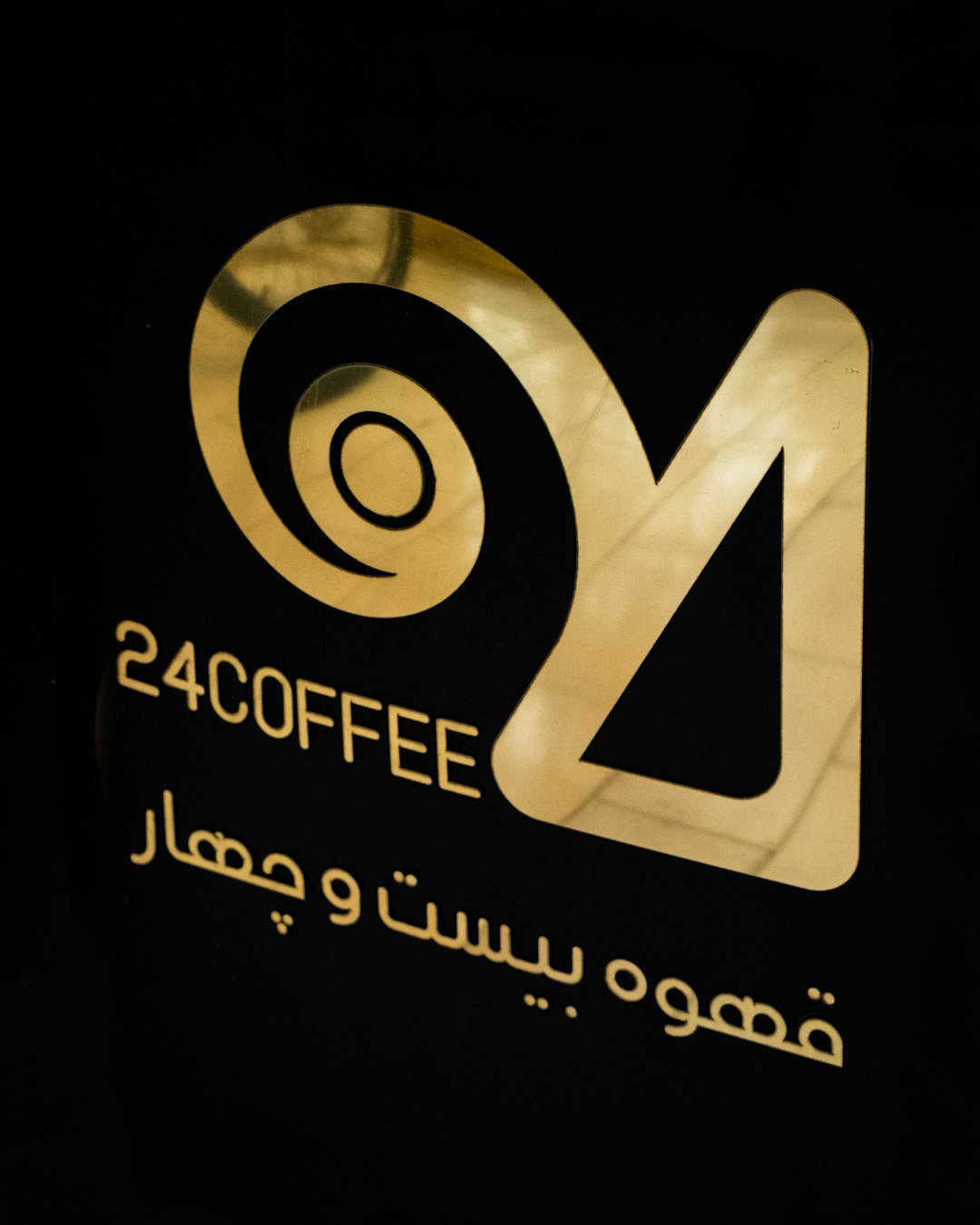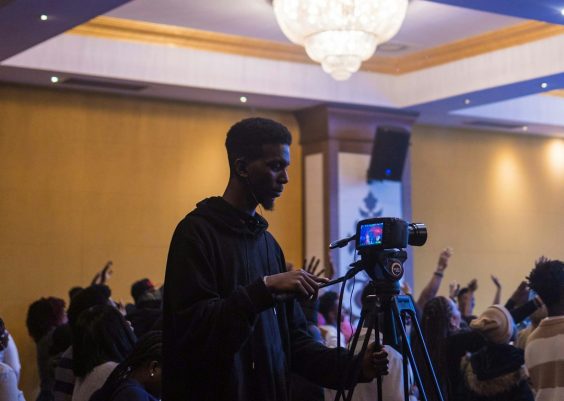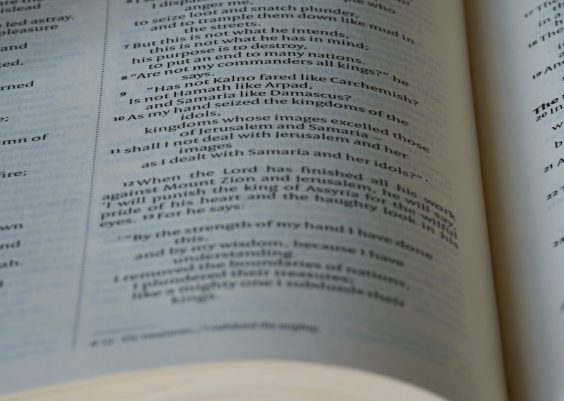The United Way is one of the most recognized nonprofit organizations in the world. Known for its mission to improve lives by mobilizing the caring power of communities, the United Way brand reflects trust, collaboration, and dedication to the public good. At the heart of this identity is its iconic logo—a symbol of hope, impact, and unity. But creating coherence and professionalism across all uses of the logo takes discipline, and that’s where brand guidelines, clear space rules, and community co-branding strategies become essential.
TLDR: The United Way logo is a key visual asset that communicates the organization’s mission and values. Proper use of the logo is governed by strict brand guidelines that maintain its integrity and visibility. This includes observing minimum clear space, avoiding alterations, and adhering to color and size rules. Community co-branding allows local organizations to align with the United Way identity while preserving local character and ensuring consistency.
Understanding the United Way Logo
The United Way logo is more than just an image—it’s a brand emblem that encapsulates decades of community service. Featuring a helping hand, a rainbow, and a human figure, the logo is universally recognized across the nonprofit world. Each element is symbolic: the hand represents support, the rainbow symbolizes hope and a better future, and the person stands for the human spirit uplifted by compassion and collective action.
The logo is uniquely structured to promote visual clarity and relevance. There are different official formats—stacked, horizontal, and minimal—as well as versions suitable for digital or print. However, no version of the logo should ever be recreated or manually altered. The consistency of these elements ensures that the visual identity remains instantly recognizable, trustworthy, and professional.

Brand Guidelines: The Do’s and Don’ts
To protect the integrity and strength of the United Way brand, all users of its logo must follow a comprehensive set of brand guidelines. These rules are in place to avoid distortions, misrepresentations, or improper placements that could dilute the brand’s impact or message. Here are some of the most critical brand considerations developers, marketers, and partner organizations must observe:
- Do not stretch, distort, or rotate the logo in any way. It should always maintain its original proportions and orientation.
- Do not alter the color palette. The United Way logo comes in specific color versions—full-color, one-color, and black-and-white. Only these approved versions should be used.
- Do not retype or change the typeface. The typography used in the logo must not be replaced or customized.
- Use the correct logo variation for the medium—whether for print, digital, or embroidery. High-quality vector versions are preferred for scalable purposes.
- Respect minimum size requirements. This ensures readability and visual recognition across applications.
Adhering to these rules guarantees that the visual and emotional impact of the logo remains intact across different contexts and communications.
Clear Space: The Halo Zone Around the Logo
To maximize the logo’s visibility and ensure it remains a focal point, United Way enforces a mandatory clear space buffer around the entire logo. This “halo zone” protects the logo from competing visual elements and text that could distract from its message.
The clear space is typically measured using the height of the “U” in “United Way” and must be free of typography, imagery, or graphic elements. This breathability safeguards legibility in materials ranging from business cards to billboards. The principle can be summarized as:
- Measure the height of the “U” in “United.”
- Maintain that same distance as a margin on all four sides of the logo.
Violating this rule can cause the logo to get lost in the clutter or look cramped, undermining the very professionalism and trust that the brand aims to convey.

Community Co-Branding: A Local Touch on a National Brand
One of the most strategic aspects of the United Way brand identity is its flexibility to be personalized by local chapters through what’s called community co-branding. This approach allows individual United Way affiliates to include their name alongside the national logo without losing brand consistency.
Co-branding maintains the professional strength of the master brand while allowing local expression and geographic relevance. For instance, a regional United Way chapter may adapt the logo to read “United Way of Central Ohio” below the visual mark. However, there are strict rules about:
- Font matching: The typeface used for the local descriptor must match the main logo’s typography.
- Placement: Local names should be right-aligned and presented beneath the logo mark, not beside or above.
- Spacing and margins: There must be appropriate proportional spacing between the logo and the added text to avoid clutter.
Community co-branding helps achieve a dual message—it emphasizes national unity under the United Way mission while empowering local presence. This adaptability is crucial in fostering strong donor trust and encouraging localized engagement without compromising brand equity.
Digital Applications and Special Cases
As brand communications increasingly move to digital platforms, ensuring that the United Way logo remains impactful in all media is more important than ever. For web use, mobile apps, and social media, special considerations include:
- Optimizing resolution: Always use high-resolution graphics, especially for retina displays and social icons.
- Responsive resizing: Ensure logos scale appropriately on different screen sizes while maintaining clear space rules.
- Alt text inclusion: All logos on digital platforms must include proper alt-text for accessibility and SEO purposes.
In special merchandising cases—such as T-shirts, mugs, or promotional bags—the logo must retain its integrity despite variations in materials. In such scenarios, consult United Way’s special-use brand kit to access embroidery-friendly versions or approved monochromatic adaptations.
Why Brand Consistency Matters
Consistency is power. When the United Way logo is used correctly and with discipline, it builds cumulative brand recognition that spans cities, states, and countries. This isn’t just about aesthetics—it’s about trust. Donors, volunteers, and partners recognize and rally around a professional, unified visual identity that mirrors the reliability of the services United Way provides.
Trust in nonprofit organizations hinges on authenticity, transparency, and professionalism, and using the logo consistently underscores all three qualities. It reinforces a message that the organization knows what it stands for and that all its arms—from global headquarters to the smallest rural chapter—are working in harmonious alignment.
Conclusion: A Logo That Represents a Legacy
The United Way logo is more than an image; it’s a commitment to impact, reliability, community, and hope. By following brand guidelines, respecting clear space, and implementing thoughtful community co-branding, affiliates and partners ensure they’re upholding the visual essence of United Way’s mission. Careful stewardship of the logo demonstrates not only respect for its legacy but also a pledge to its future.
Whether you’re a graphic designer, a nonprofit partner, or a volunteer distributing flyers, understanding how to properly use the United Way logo ensures you’re playing a part in a much larger story—a story of improving lives through unity and clarity of purpose.



